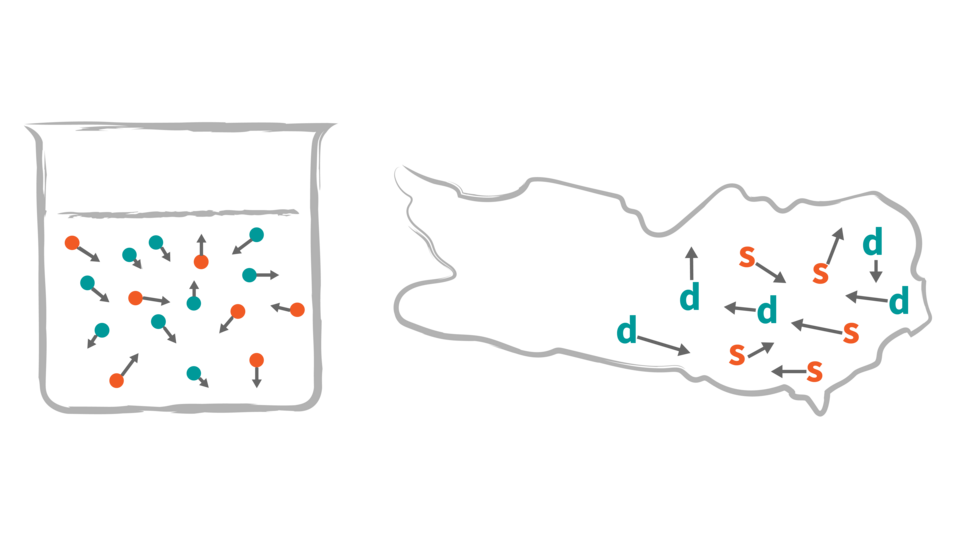Making use of methods originally developed in diffusion physics to study the motion of atoms, they built a model for the spread and retreat of languages over time and space. With this model, they were able to show that interaction with other speakers is the main factor influencing whether language shift occurs.
More information and interactive maps can be found on the project website.
Publication:
- Katharina Prochazka & Gero Vogl (2017). Quantifying the driving factors for language shift in a bilingual region. PNAS, DOI: 10.1073/pnas.1617252114.

